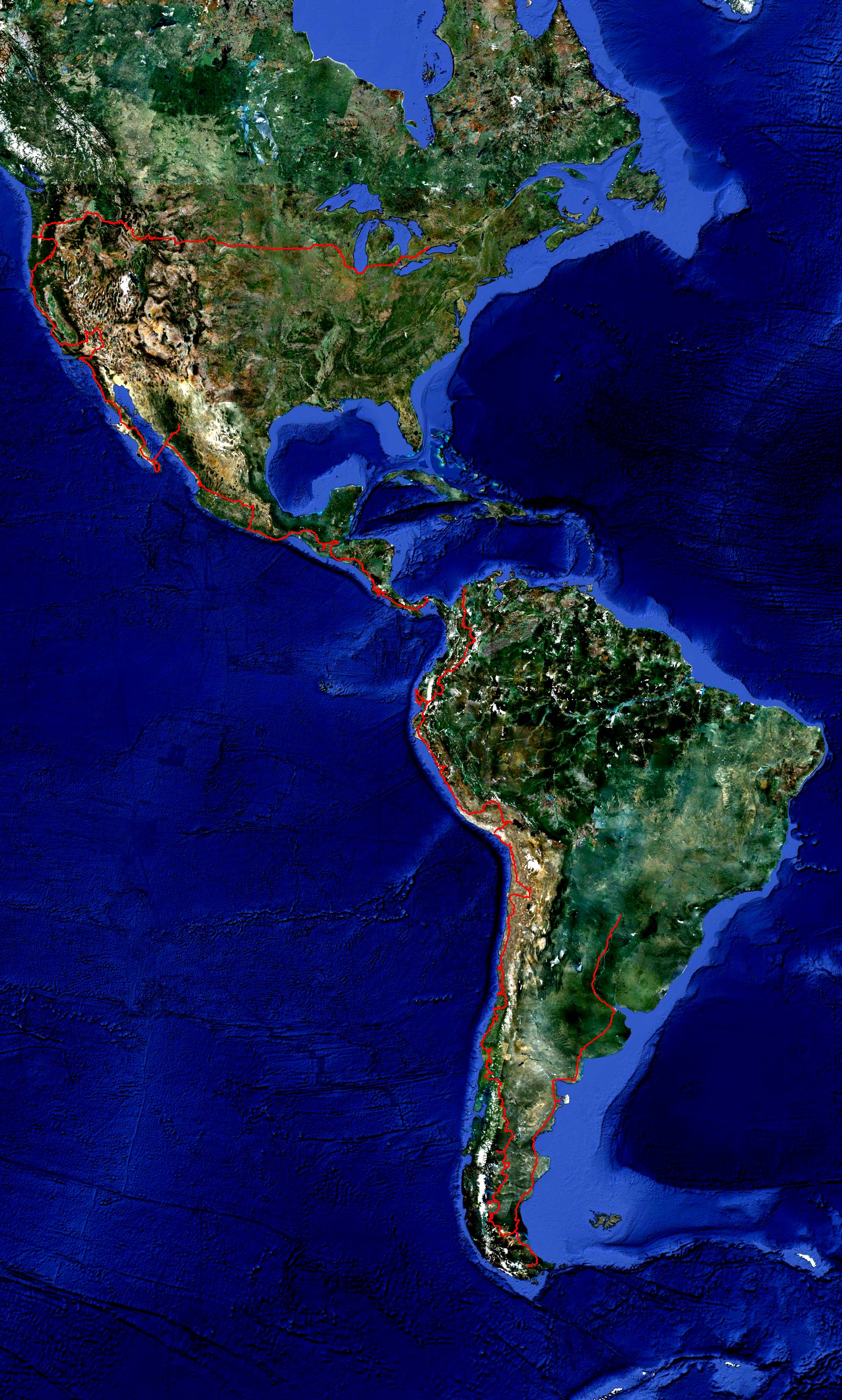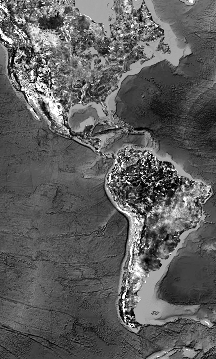After arriving in Asuncion, the capital of Paraguay, with Nina on Friday night, research for the car sale commenced the next morning. I had three hours between when the dealerships open and when they closed for the weekend at noon, since everything in Asuncion closes for the weekend after noon on Saturday. Fortunately, as usual the dealerships are all clustered together in one area, so I managed to speak with ten dealers. Half were not interested or thought it was not possible to import the car, mostly due to it being older than 10 years. The other half thought it was possible, although the consensus was that a “fine” potentially had to be paid. Two of them made it sound quite promising, and told us we needed to take the car in on a tourist permit first, so I e-mailed Jono to come in. After negotiating his way past a police checkpoint, where he was asked for money for concrete to fix the bathroom floor in the police station, Jono and Ewa pulled in to Asuncion and we all checked in to a sketchy hotel. The hotel was a mistake – we should have paid more and gotten a better one, which we did later – but we were now ready to sell the car.
When Monday came, we were ready to get to business. Over the weekend, the realization that at least a quarter of cars in Paraguay have no license plates whatsoever, along with the fact that both Jono and I had been asked for bribes by officials and cops already, convinced us that there were ways to get around the bureaucratic hurdles in the car selling process.
We did another round of the dealerships, this time with the car, from least likely to most likely to buy based on our experience Saturday. We followed a number of tangled leads that ended nowhere, often because buyers were interested but didn’t know the process or didn’t have the contacts to get the car through customs.
Finally, we visited the dealer who seemed most confident shortly before siesta. He had two potential buyers, whom he promptly called and arranged for appointments at 2pm and 2:30pm. We told him that we had others we were waiting to hear back from about the car, and that we were going to sell to the first person who hands us $2000 USD. He called back one of the potential buyers, who promptly agreed to come in 15 minutes. Meanwhile the dealer’s cleaning person shined up the Safari for showing. Negotiations came $100 US short of our asking price, but we didn’t take it and opted to wait for the 2pm appointment.
At 2pm, a typical sketchy middle-aged guy pulled up in a SUV whose windows had been tinted to blackness and took a quick look. He then took it on a test on what was our scariest drive of the whole trip, weaving aggressively through Asuncion’s mad traffic, and declared that he will buy it for cash right then and there. He took us to a notary to do all the paperwork, which took almost two hours, but we ended up with a bunch of very official looking documents with at least 15 stamps on them, and a stack of $100 bills.
We left him the keys to the Safari and the dealer drove us back to the hotel. A currency exchange dealer verified the bills for us. It was all over just like that.
We looked at the boxes of stuff and surfboards cluttering the hotel room and thought about packing and buying flights, but decided to wait until the next day and instead go out for some dinner. Fortunately Asuncion has some decent places to eat, and we had some excellent steak and champagne at La Vienesa (total bill for 4 people including drinks: $50 USD). It was sad but the fact we didn’t have the Safari hadn’t really hit us yet.
The trip was almost over, but we squeezed in the last bit of touristy sightseeing in the strange city of Asuncion. Hard to describe, it is a grimy mix of Latin America and something like Eastern Europe. The complexion and German last names of most people here add to the feeling of being in some mid-sized city in East Germany shortly after communism. Maybe it’s the sidewalk tiles and the concrete buildings too. Here’s a view from the balcony of a hotel we snuck into, overlooking the clay-tile roofs towards the Rio Paraguay.
In front of the Congreso, there used to be art on these pedestals.
Ewa wasn’t allowed to sit on this bench; for taxi drivers only.
The next evening Nina took her flight home. Tired of the dirty hotel we were at, we switched to the much nicer one across the street for our last days in town, and enjoyed the last days in Latin America. The sketchy skyline of half-complete and falling apart buildings, the rubble on the sidewalks, the stray dogs, the shoe-shine boys, the hustlers, and the colourful buses belching black smoke. And between all this the Irish pubs, the fancy coffee shops imitating Starbucks, the gourmet restaurants, and the shiny shopping malls. Streets full of luxury Mercedes with tinted windows and no license plates. Military men standing on street corners with their fingers on the trigger of big guns. Professionals in suits briskly walking by indigenous people selling random trinkets from their blankets on the streets. This is Latin America.
Wednesday morning, I boarded my flight to Toronto. We took off shortly after sunrise, and flew to stop over in Lima. In the morning sun the Andes looked like shading on a topographical map, or on a relief model. From Lima we sped over the deserts and mountains of Peru, into Ecuador and headed north over the vast Caribbean. The thin strip of Central America was passed in a few hours, and we cruised over the jungles and then deserts of Mexico in even less time. I watched the sunset over a partly clouded American midwest before landing back in Canada that evening. It took ten 13 hours to fly home, after eight months driving down.
How many hours and days did we spend driving on high-altitude trails, pulling the Safari out of mud, crossing borders and evading checkpoints? How many people have we met, waves surfed, mountains climbed, cities explored and delicious meals eaten? This truly was a trip where the journey was the destination.
What will become of the Safari? Will it become a taxi (or a collectivo?) in Asuncion? Will it take other tourists around Paraguay? Or a family on vacations? We may never know, but perhaps one day, if you ever find yourself in Paraguay, keep your eyes on the road, and you just might catch a glimpse of it…
THE END










































































































